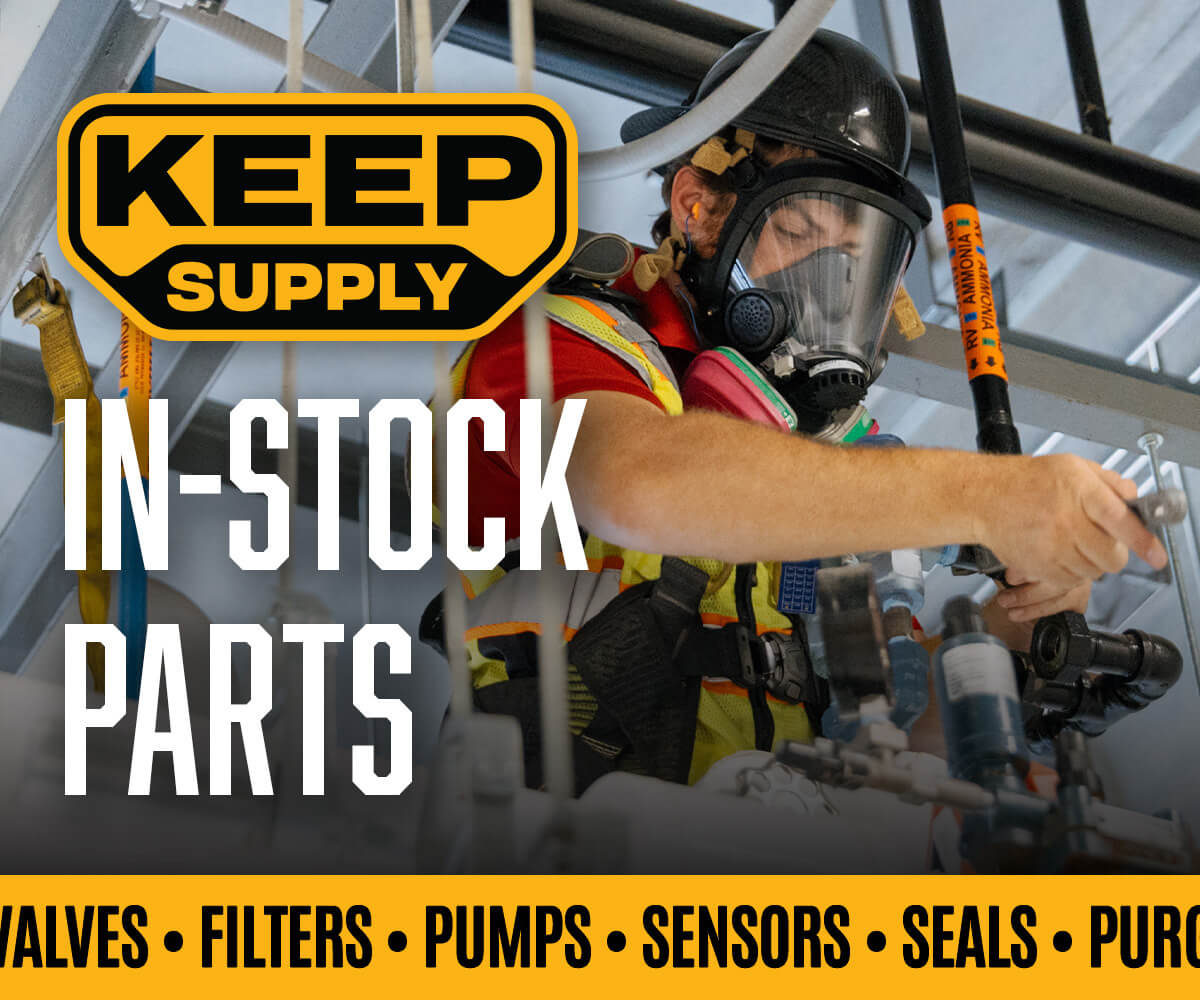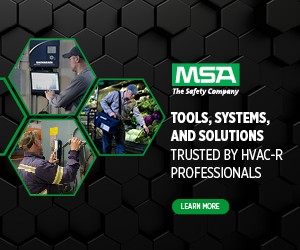Qualifying Ammonia Refrigeration Contractors
Business owners and operators must take steps to ensure that contractors working on or near ammonia refrigeration systems have the necessary qualifications and work experience to help employers understand their responsibilities related to ammonia refrigeration contractors, and demonstrate their proficiency in working with the system, Tony Lundell, IIAR director of standards and safety said. Lundell led an IIAR webinar in April entitled, “Qualifying Ammonia Refrigeration Contractors.”
As a best practice, owners and operators should be sure to obtain and evaluate a contractor’s hazard communication plan, verify training, and conduct periodic field evaluations.
“The employer needs to ensure that all ammonia refrigeration contractors, subcontractors, and their employees are fully aware of the potential hazards involved with a process which leads to reduced risks of accidents and improved safety,” Lundell said.
During the webinar, Lundell discussed several Contractor Qualification (CQ) Documents from the IIAR PSM/RMP Program Guidelines, including: CQ-1: Contractor Qualifications and References Questionnaire, CQ-2: Confirmation Letter: Safety Communications, CQ-3: Contractor Employee Acknowledgement Record and CQ-4: Contractor Employer Evaluation.
Owners and operators can begin the process of qualifying an ammonia refrigeration contractor by writing a letter that asks for the contractor’s current equipment operating licenses and certificate of insurance. They can also reach out to the contractor’s insurance agency for the experience modification rating (EMR).
“Call the insurance company and get their EMR, which will compare them to other contractors,” Lundell said. “You can learn a lot from your contractor’s behaviors and their cultural practices by reviewing their forms.”
Employers can also request contractors’ Occupational Safety and Health Administration forms, which allow a potential employer to verify the contractor’s culture and behaviors. “You know how many times they’ve had an injury or concerns of illnesses,” Lundell said.
The forms include OSHA Form 300: Log of Work-Related Injuries and Illnesses, OSHA Form 300: Summary of Work-Related Injuries and Illnesses, and OSHA Form 301: Injury and Illness Incident Report. All of the forms are available at OSHA.gov, Lundell said. IIAR can also provide these forms upon request.
Contractors should also provide information on the related training their employees have completed as well as safety and welding manuals they have developed. Lundell asked: “Have they completed IIAR, RETA or ASTI training? What certificates do they hold? Can they demonstrate knowledge of the IIAR standards?”
Lundell said potential employers should compare that information with their training requirements to identify a gap. “They can confirm whether or not the contractor can verify the training of their employees,” he said.
Operators should ensure that their contractors have actual hands-on experience. “Having knowledge of a system is one thing, but they have to be able to prove they have experience working on or near a typical system,” Lundell said. He added that employers can ask contractors for their ammonia-related work experience and training verification records to see what they’ve historically designed, built, installed, operated or provided service for in the past. “Ask if they have special certifications or certificates and if they can provide references,” he said.
Contractors must wear the appropriate attire and personal protective equipment if they are working in or near production.
The webinar explained how and why certain standards apply to ammonia refrigeration contractors, including:
- OSHAs Process Safety Management (PSM) 29 CFR 1910.119 with focus of Section (h)
- EPAs Risk Management Plan (RMP) 40 CFR 68 with focus on Section 68.87 for Program 3
- IIARs PSM/RMP and ARM Program Guidelines specific to the ammonia refrigeration industry
- IIAR Related Publications and the IIAR Suite of Standards • Related Terms between OSHA and the EPA.
IIAR members have access to view a recording of the webinar in the Members Section of the iiar.org website.
















